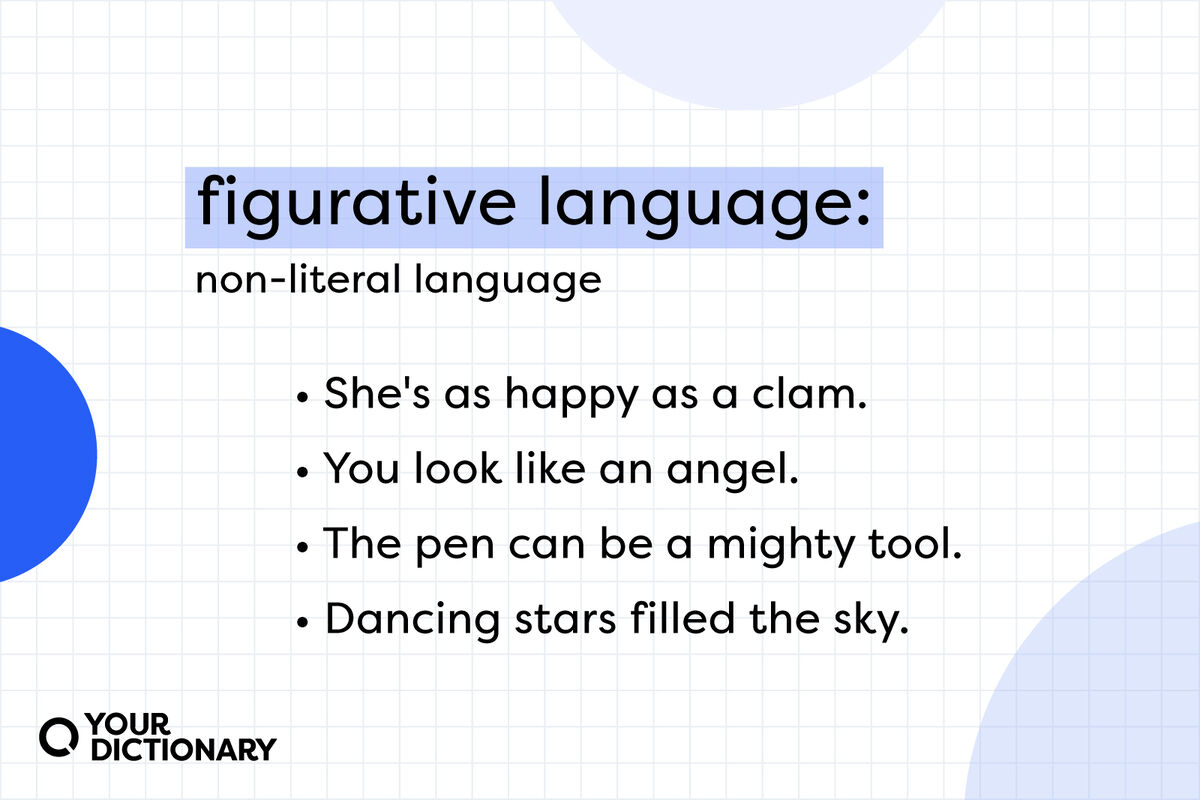 sentences from the article" width="1200" height="800" />
sentences from the article" width="1200" height="800" /> sentences from the article" width="1200" height="800" />
sentences from the article" width="1200" height="800" />
If you tell someone “You look like a million bucks,” you’re not saying that they look like a stack of cash. You’re using figurative language to say that they look really good. So why not just say that? What does figurative language add to our conversations and writing — and how many types of figurative language do you encounter every day?
Figurative language is non-literal wording that adds creativity or rhetorical meaning to your writing. It invites the reader to use their senses or prior knowledge to understand your meaning.
None of these phrases are literal, but you still understand what they mean. They use your senses or experiences to make a point rather than directly explaining what they mean.
Depending on which figurative language you use, you can create different images or arguments for your reader. It’s all about choosing the correct wording for what you want to say.
Any time you’re using language that shouldn’t be taken literally, you’re using figurative language. You can group most examples of figurative language into nine different types.